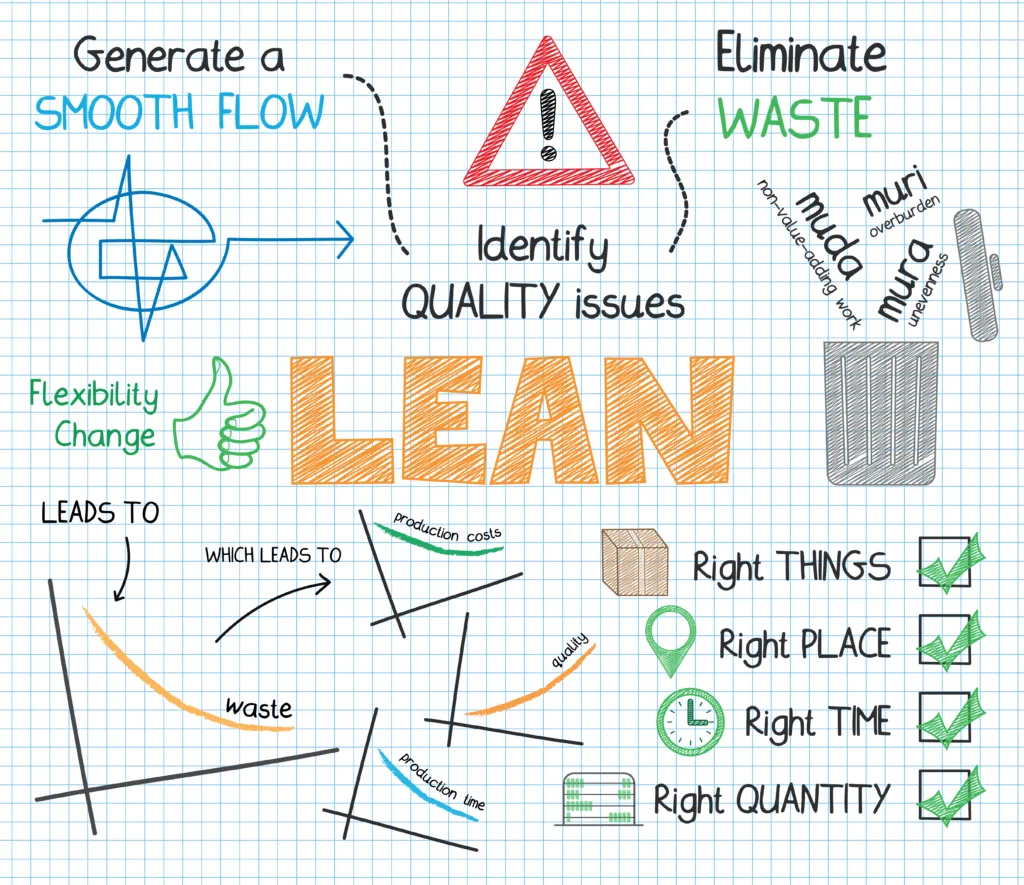DMAIC is a Six Sigma framework. It is an iterative process used to structure improvement projects. Each letter of the word stands for a different phase:
DMAIC helps you to improve processes that are not working well, reduce waste and increase efficiency, as well as improving quality.
The first step in any DMAIC project is to define the problem. This means asking yourself: What is this problem? Why does it exist? How can we measure its impact on our organisation and customers, if at all?
The goal of defining your problem is to get as specific as possible about what you’re trying to solve; without a clear definition of what you want solved, it can be difficult for your team members (and even yourself) to know when they’ve accomplished their goals or reached consensus on how best to proceed with solutions.
The next step is to measure the current state of the problem. This involves identifying the problem and measuring its impact on your business, including how many people are affected by it, how much time they spend dealing with it and so on.
You’ll also want to establish what baseline data looks like: what would happen if we did nothing? Later down the line, this can be helpful when determining whether or not your proposed solution actually helps solve an issue or makes things worse (or if there’s no difference).

Next is to analyse the problem. In order to do this, you need to ask yourself some questions:
When you’re improving a process, you may be focused on reducing cost or increasing output. However, improvement is not always about cost reduction. Improvement can also be about improving customer satisfaction or quality of product or service.
If you are using DMAIC as your approach to improve a process, there are two steps left: (1) collect data to determine if the change was effective; and (2) implement changes that will sustain your improvements over time.
This is the final step in DMAIC, and it’s important to make sure your process continues to work as expected. You’ll want to monitor it regularly so that you can correct any issues before they become big problems. If something goes wrong and causes a problem for your company or customers, then this step will help identify what went wrong and how best to fix it. The control phase of DMAIC also ensures sustainability of your improvements by monitoring their effectiveness over time and adjusting accordingly if necessary (e.g., adding more resources).
DMAIC is one of the most widely-used tools in Six Sigma projects because it provides a framework for analysing data effectively while reducing waste through process optimisation. It can be applied to any project, whether it’s a Six Sigma initiative or not. But the most important thing to remember is that the process should always be tailored to the unique needs of each organisation or project team so that they have ownership over their work.
These Related Stories



No Comments Yet
Let us know what you think